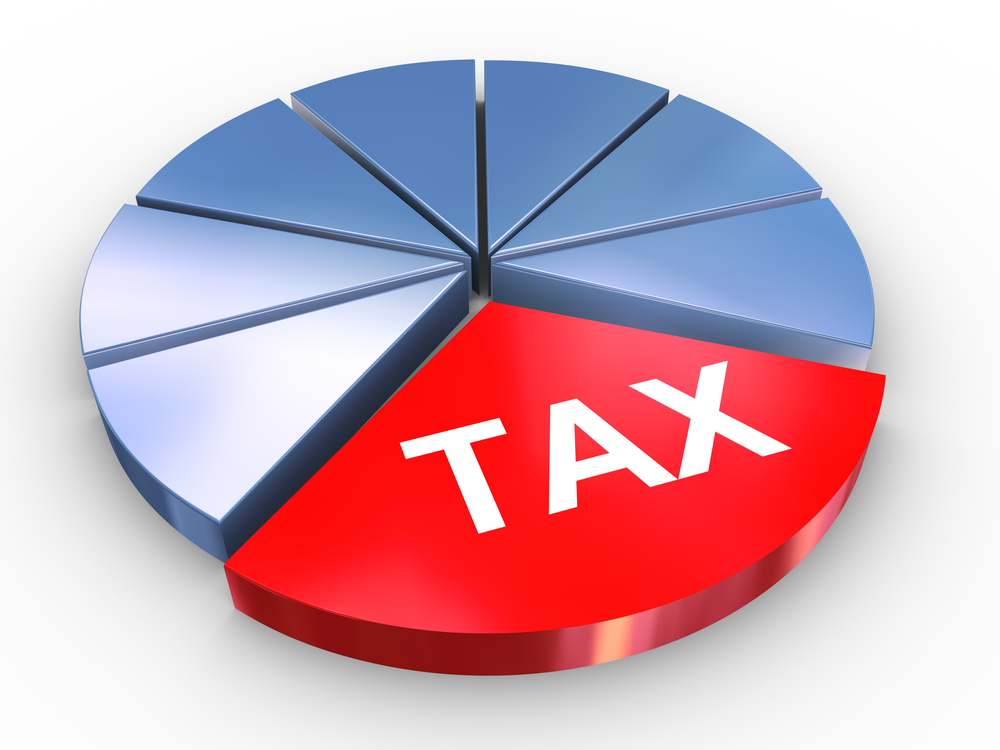
Recent law changes mean that the IRD will assess all PIE income at a taxpayer’s correct PIR and any overpayment or underpayment will be combined/netted off against your residual income tax. The combined balance will then be refunded or due for payment.
Note that where the notified PIR was lower than it ought to have been for the period, the PIE income is still disclosed in the taxpayer’s return and the PIE tax adjustment is calculated based on the correct PIR, resulting in some additional tax to pay.
The new rules are much more advantageous for the taxpayer where the PIR used by the PIE provider was higher than it should have been. I.e., the excess tax deducted, based on an inappropriately high PIR, can now be refunded.
Please contact us if you have any questions regarding your PIE income and prescribed investor rate.
